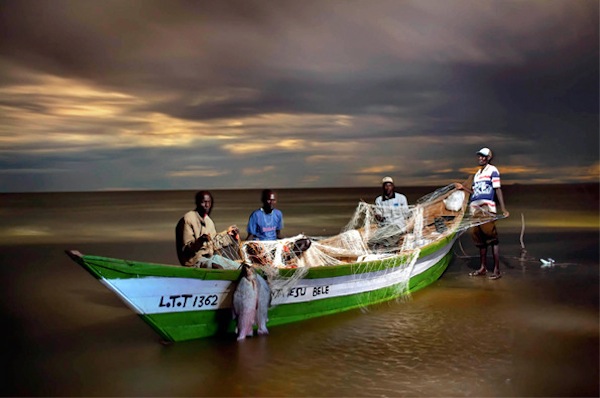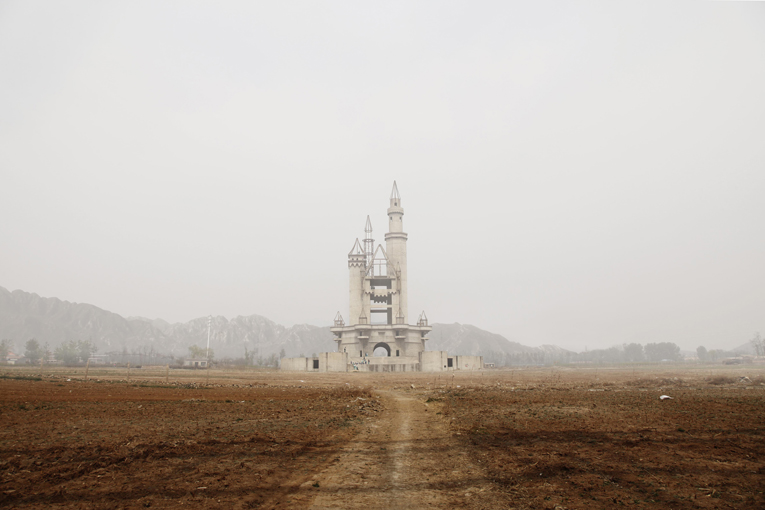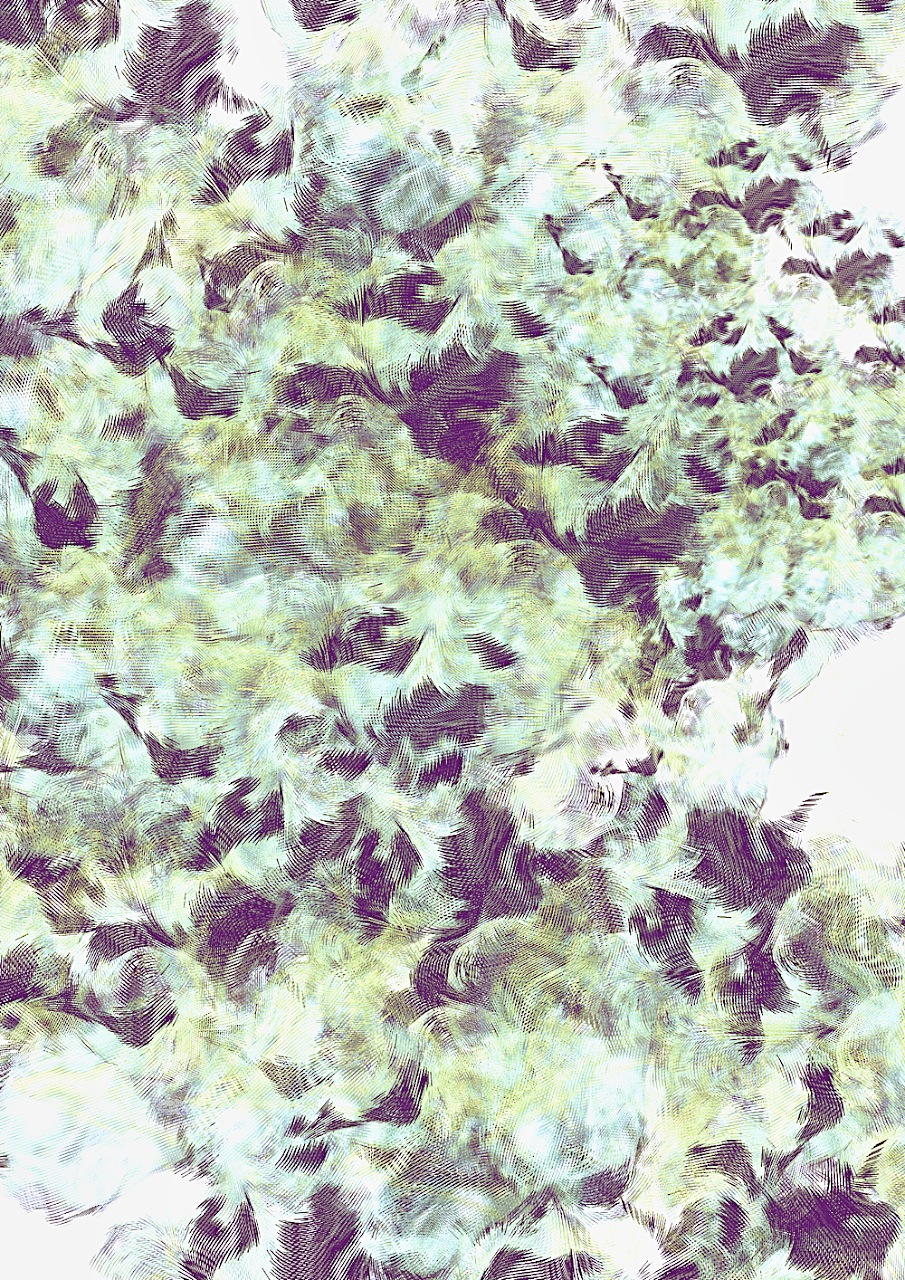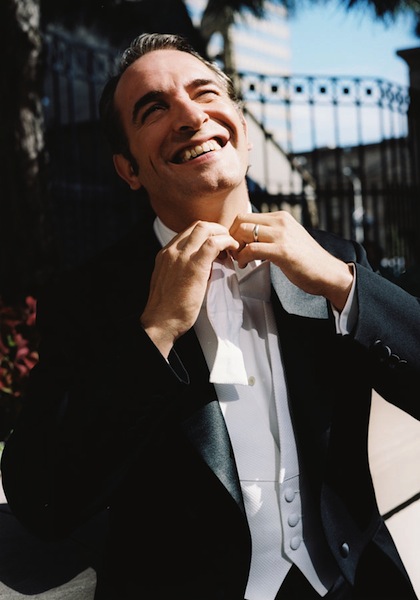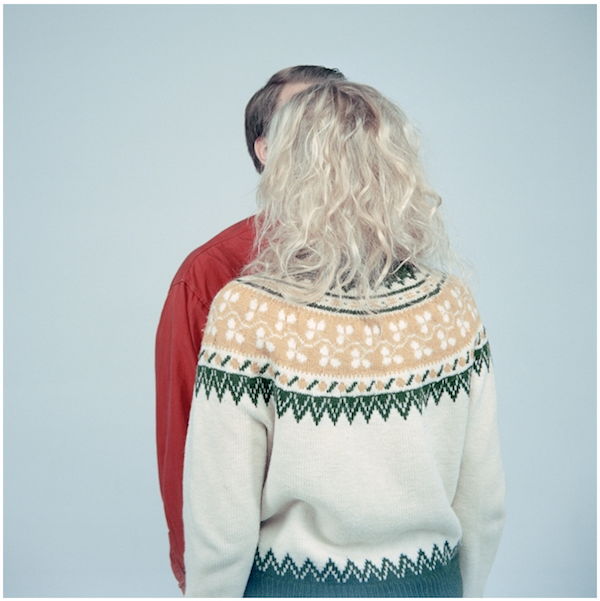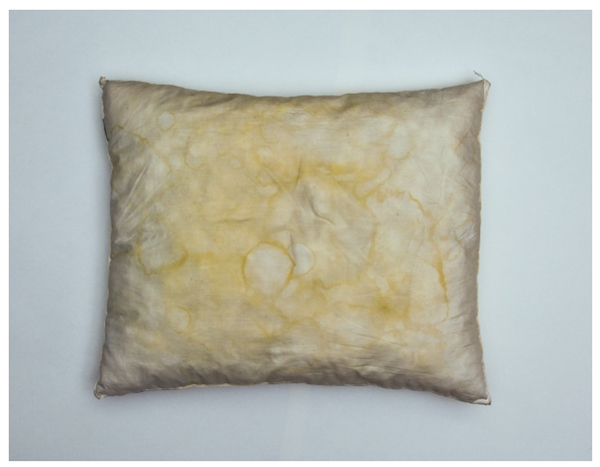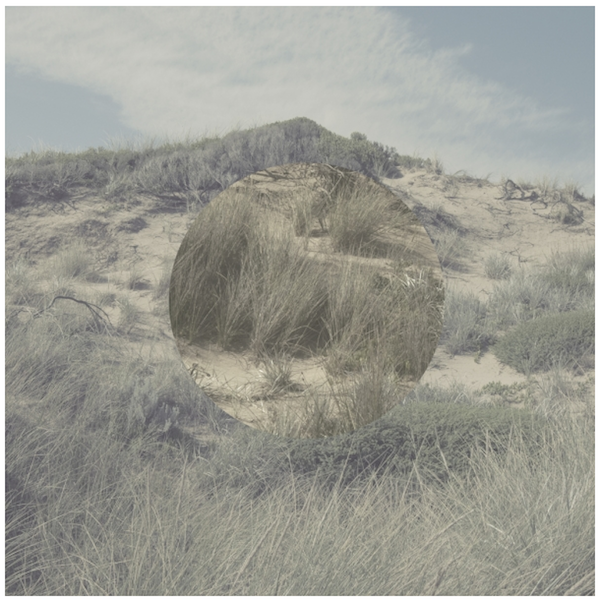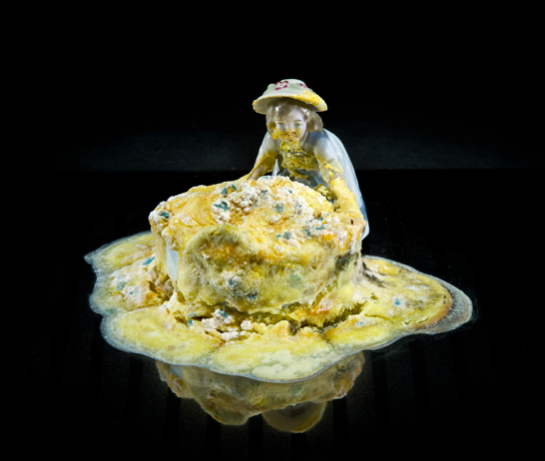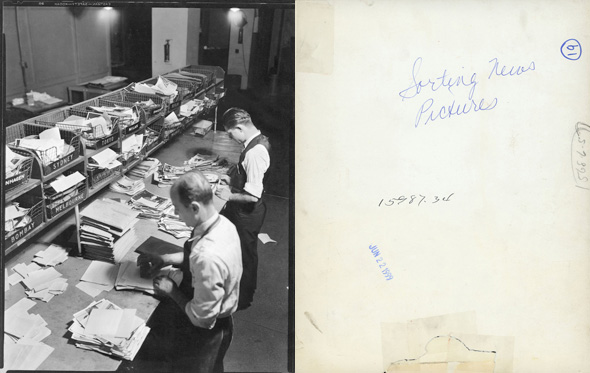 All photos by Max Kelly
All photos by Max Kelly
With 3rd Ward's Culinary Incubator on the horizon, food has been on our minds quite a bit (read: nonstop--someone make us something now.) Anyhow, as we yearn for that mouth-watering future, we've been busy feasting our eyes on the food photography of 3rd Ward member Max Kelly. We caught up with him to find out more about how it all began.
You can check out some of Kelly's delicious shots both below and on his new website--but first, our Q&A:
3rd Ward's John Ruscher: So how did you get into food photography?
Max Kelly: I've always known that I wanted to work in a field in which I could physically see my accomplishments at the end of a day's work. Before food photography, I worked as a camera operator on commercial film sets, and realized that while I enjoy video, still photography is where my true passion lies.
The thing I love most about photography is that it's a gateway to any other subject matter that you find you're passionate about. I'm fascinated by the mechanics of cameras, the ways in which light can interact differently with a subject, and the effects of composition on a viewer—and it's a privilege to explore my other interests through this lens.
JR: Where's the passion for food come from?
MK: I grew up in Brooklyn, in a very food-minded family that cooked and traveled often—so I had the benefit of being exposed to many different flavors and cultures at an early age. Food is a vast topic, and one which is universally shared. I'm captivated by the fact that there are infinite possibilities and variations for any dish, and that two people from different parts of the world can look at the same ingredient in totally different ways.
JR: Does food photography require a different approach from shooting other subjects?
MK: Still life photography is more focused on creating an environment than other types of photography. Sometimes, this means rearranging or adding props to a real-life location, while in other instances, "locations" are fabricated from scratch. Creating environments and choosing props that impart visual cues about a dish is a large part of food photography.
Beyond that, there is of course the factor of having a small window of time to photograph the food before the ingredients wilt, dry or otherwise lose their fresh appearance. For this reason, communicating well with your team and having a clear vision of the final product before beginning to shoot is essential.
JR: Did anything at 3rd Ward influence your work in particular?
MK: I found 3rd Ward's classes and coworking space to be a great help when I first struck out on my own as a freelancer. The Branding Your Vision class for photographers drove home the point that it's essential that your work have a unique and consistent look. It helped me create a style that was my own, and not rooted in what I thought was "popular" and "marketable".
The Business of Photography class gave me insight into how publications hire photographers, as well as the most effective ways to get my work into the hands of photo editors and creative directors.
...and now for some of Kelly's gorgeous attempts to make you eat your laptop:





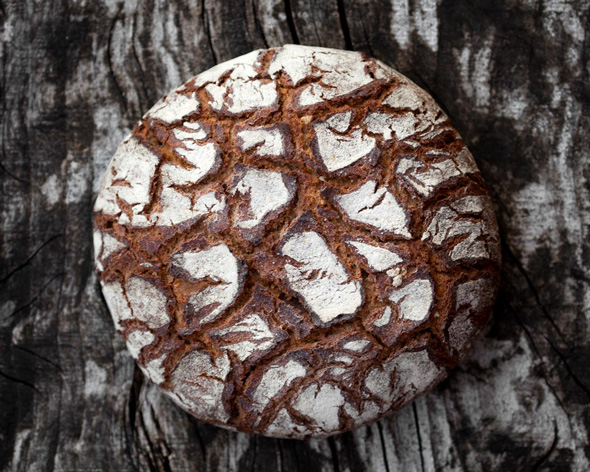
-- John Ruscher
 May 29, 2012 Tweet
May 29, 2012 Tweet 



 Email tagged
Email tagged  Brittney Meyer,
Brittney Meyer,  Food,
Food,  photography
photography 




